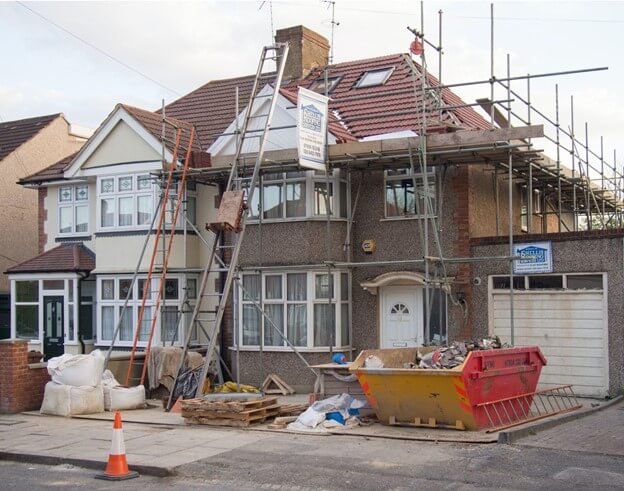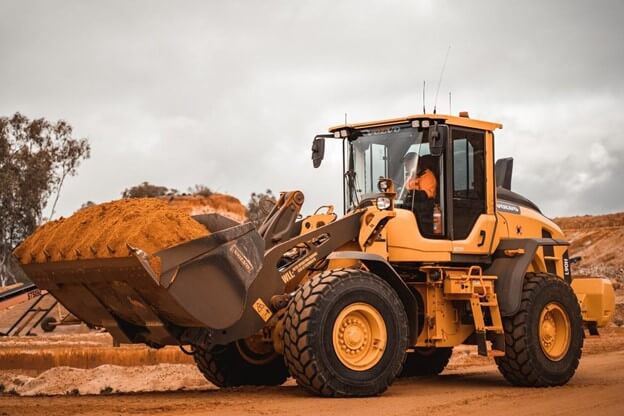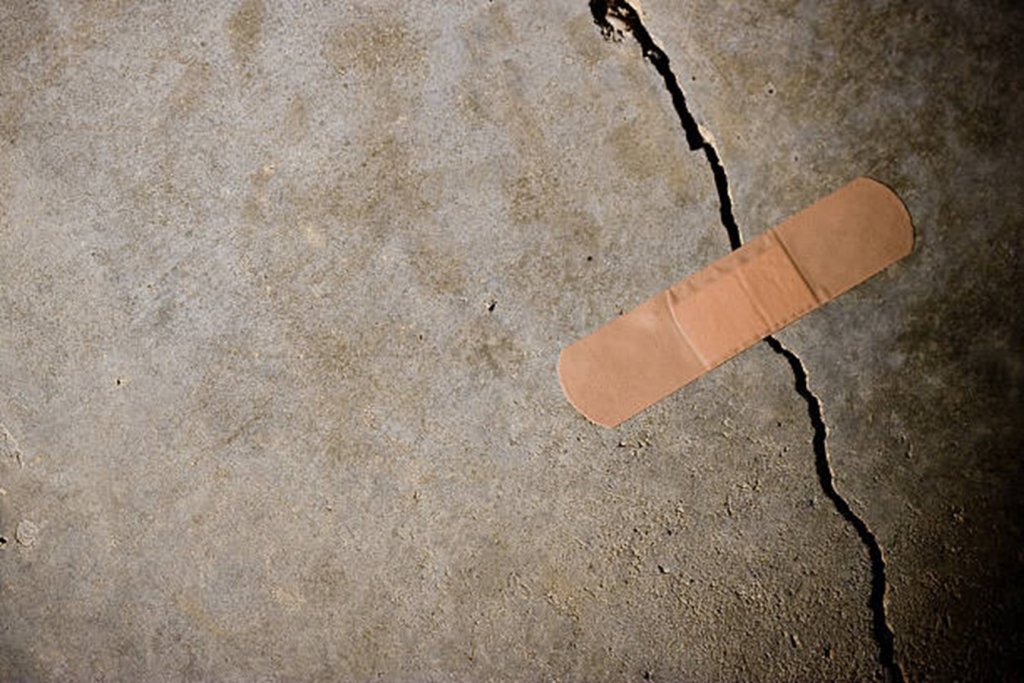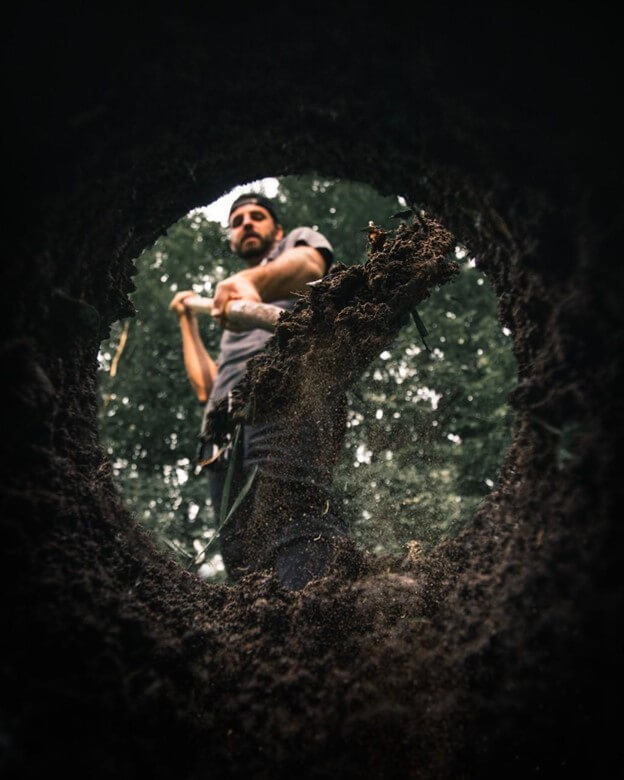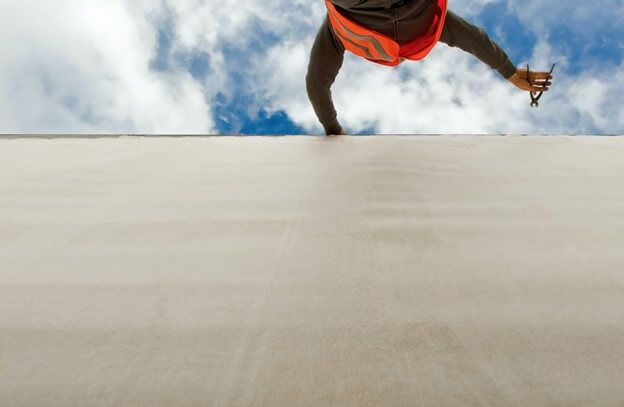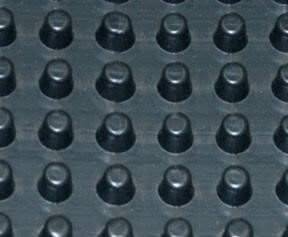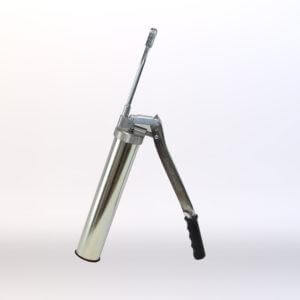We all have favorite parts of our home. Perhaps it’s the kitchen – the home of many fine meals and after-dinner conversations. Perhaps it is an elegant dining room. Or maybe for you it is an expanded family room with the surround sound and big, comfortable couches for lounging and sleeping.
These are not bad parts of your home. They are great. However, they are not the best part of your home. There is one part of your home that makes everything else worthwhile.
It makes the whole place able to stand up over time.
Waterproofing.
Without quality waterproofing, every other part of your living experience would be worse.
What can go wrong without quality waterproofing?
Waterproofing makes everything else possible.
What does this mean? Well a humid living space can lead to bad outcomes in every other beloved part of your house.
The kitchen you love? If your home is too humid, it becomes hard to store fruits there for any length of time. Pests find your home more hospitable and easier to get into.
Thinking of the wonderful memories around your dining room table? Imagine instead of a Thanksgiving meal, the air is instead filled with the dank smell of earth, humid mold. It’s not a welcoming space.
And without a dry basement, would your family room exist at all? No electrician will wire the space for thousands of dollars of gadget and games if they know that the next rain will just short out the fuse box …. Or that the work might possibly not pass inspection.
Waterproofing is the part of the house that makes everything else possible. That’s why it might be exaggerating, but only a little, to say that waterproofing is the unsung hero of your house.
So when you’re building a new house, you don’t want to cut corners on waterproofing.
Instead, hire trusted experts with years of experience in waterproofing. And use quality durable and time-tested materials that are trusted by professional homebuilders.
Mar-Flex Waterproofing Materials offer consumers a wide range of options to fit the situation. Whether you are looking to waterproof a residential space on a limited budget, or if you have a sensitive commercial space that needs top of the line waterproofing, there is a Mar-Flex product for you.
And if you have concerns about the environmental impact of your work, or are shooting for a top LEADS score, Mar-Flex has solutions there too.
Call one of our knowledgeable associates today for more information about how we can help your building stay dry for a generation.
Waterproofing is important to your whole house
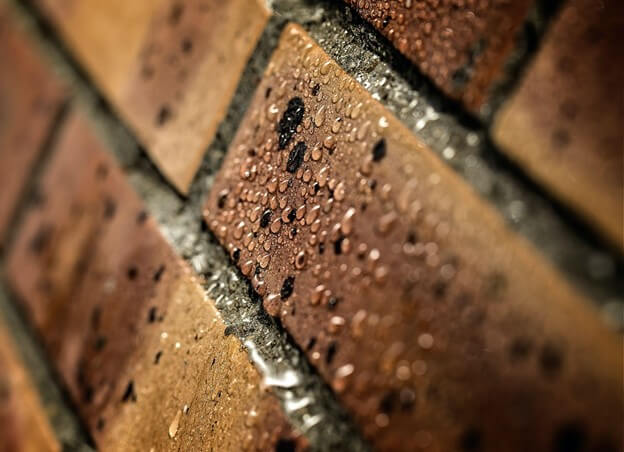
Photo by Ricardo Gomez Angel on Unsplash
